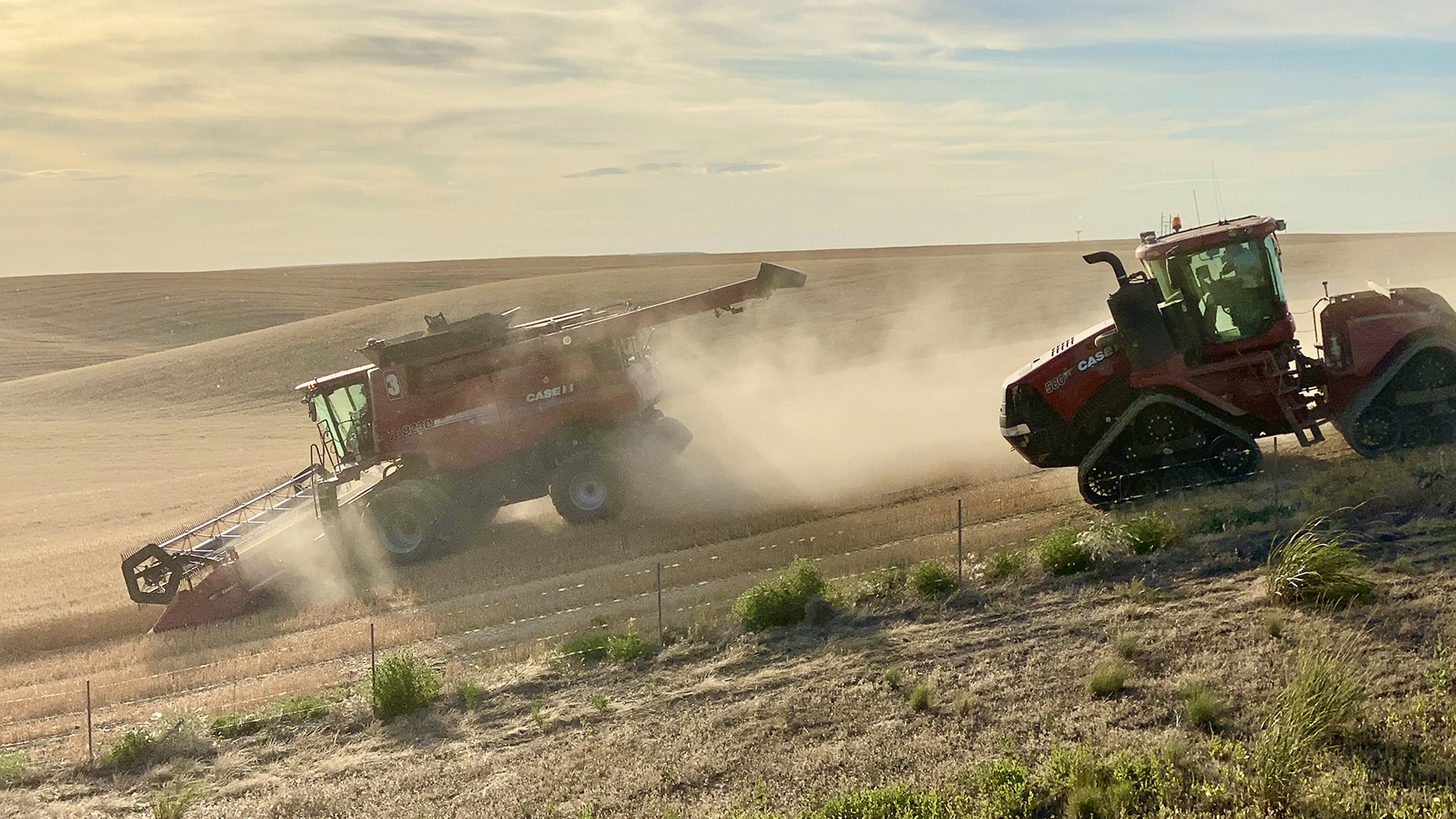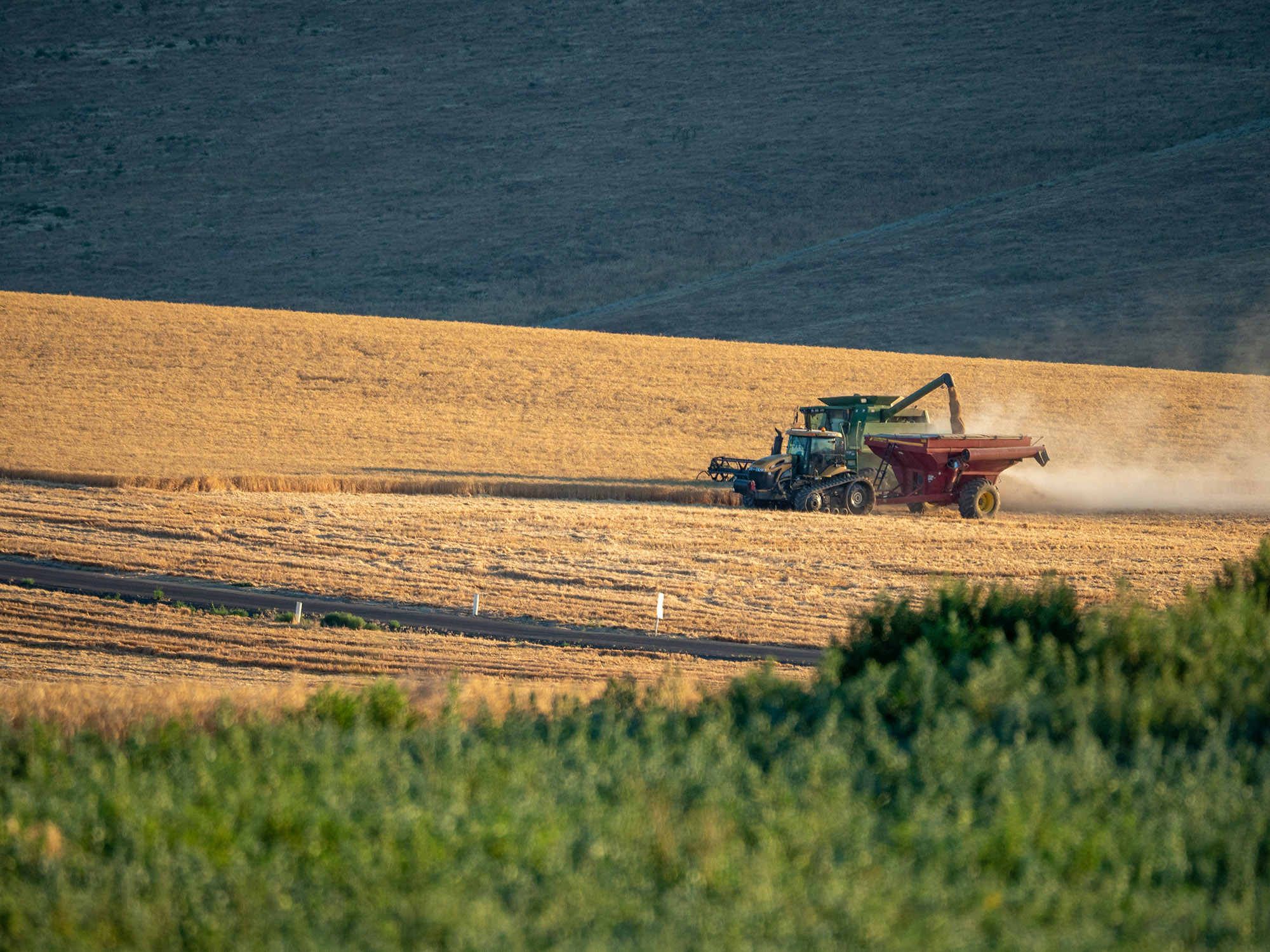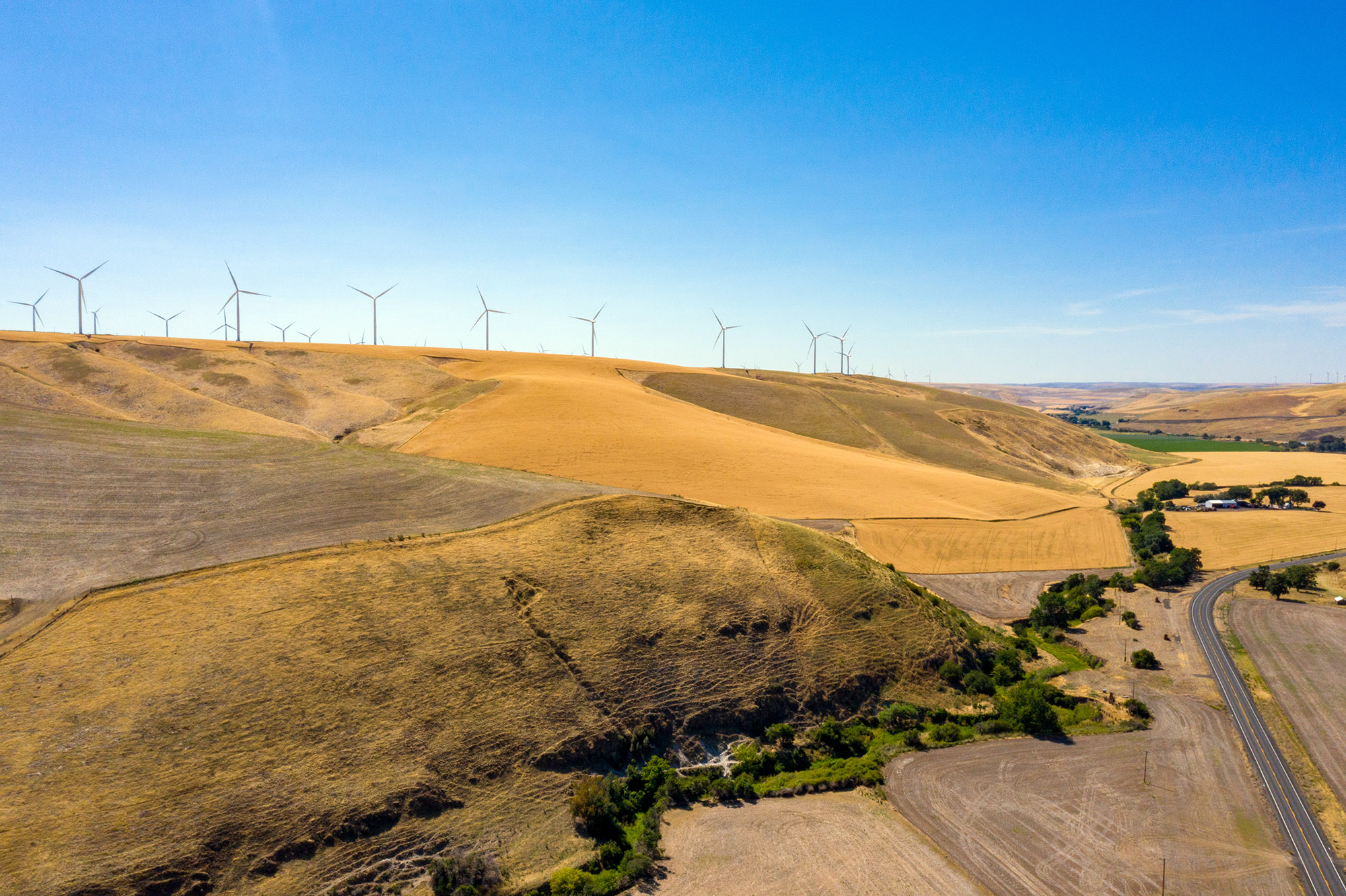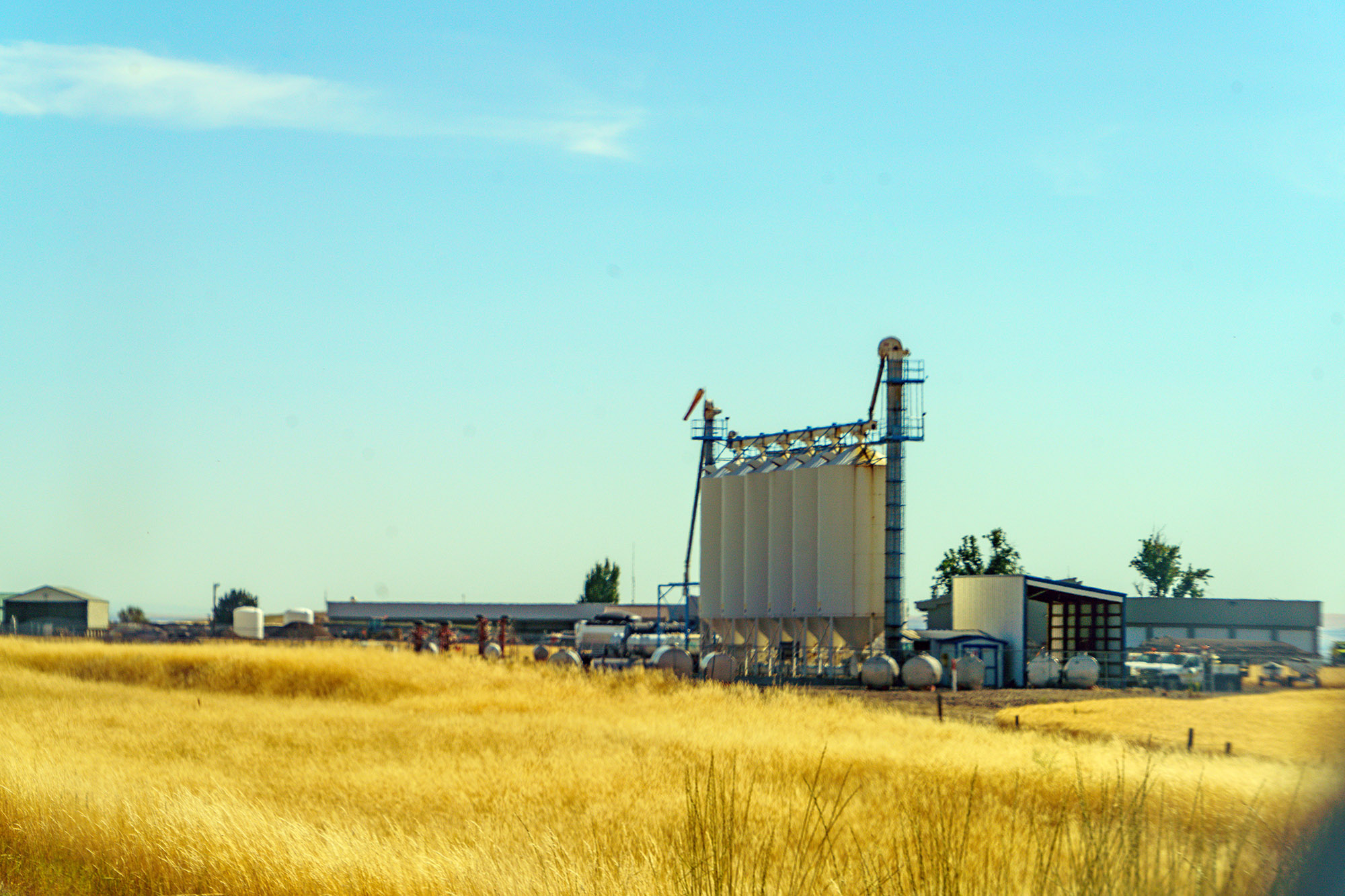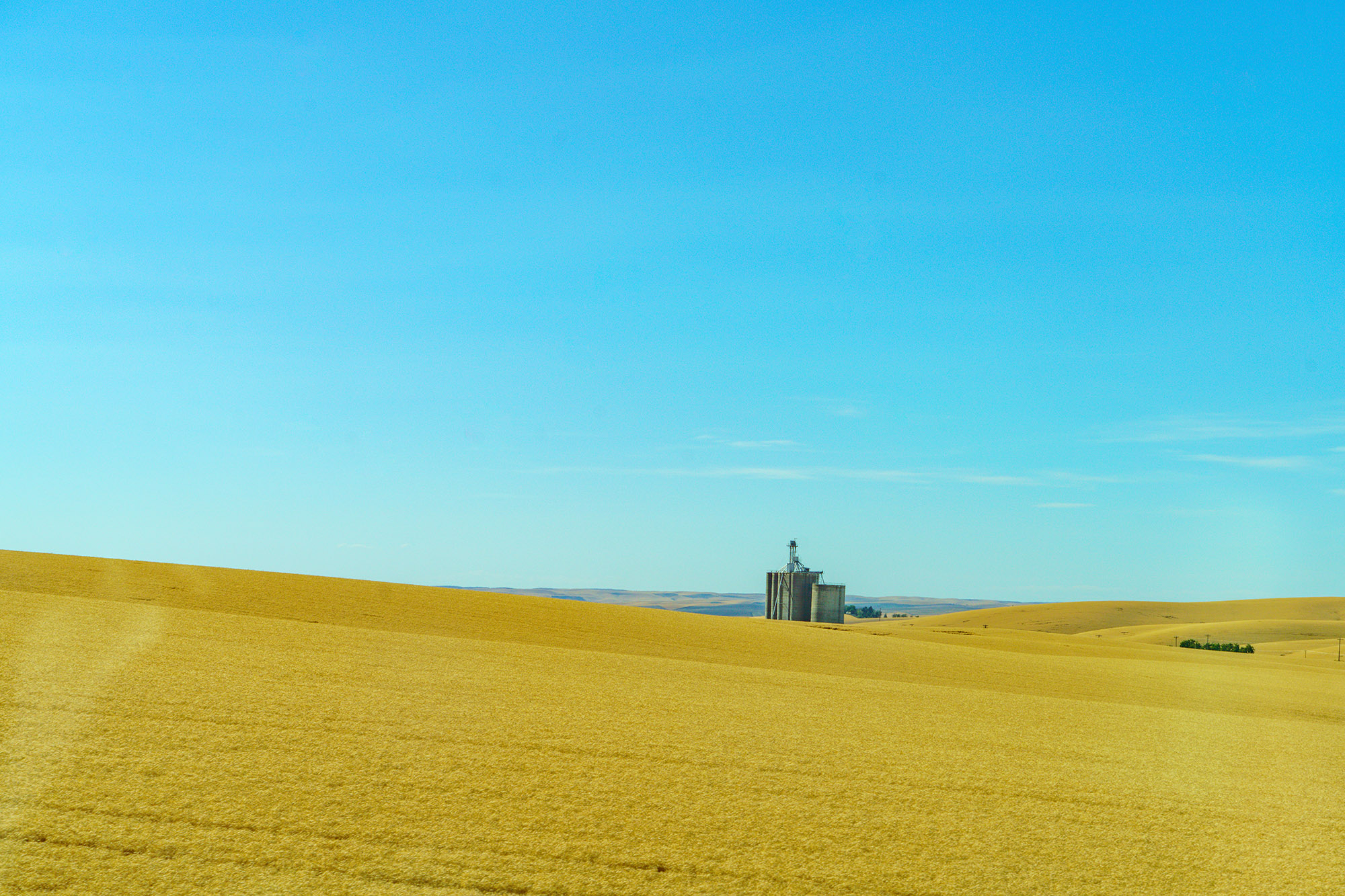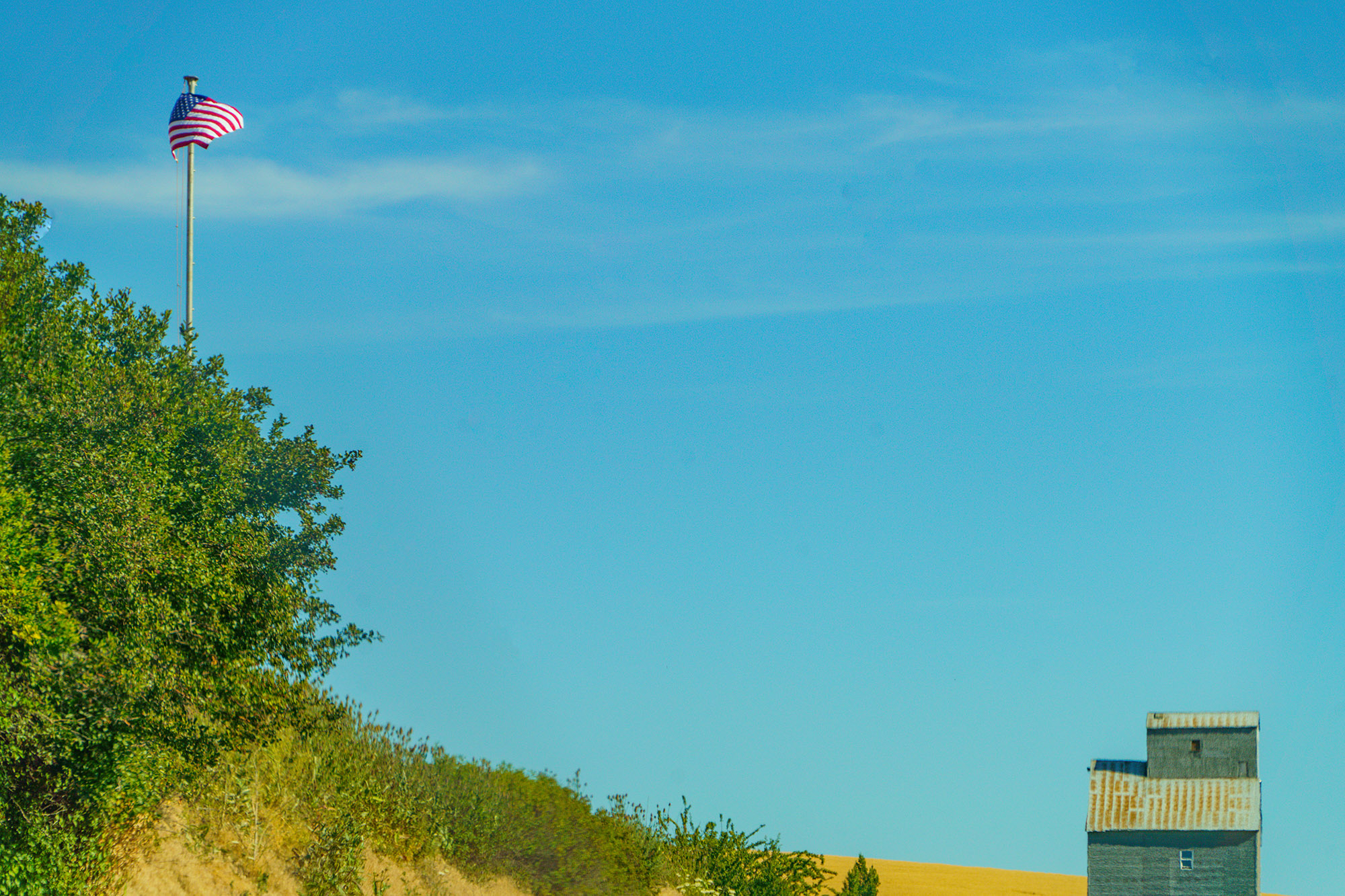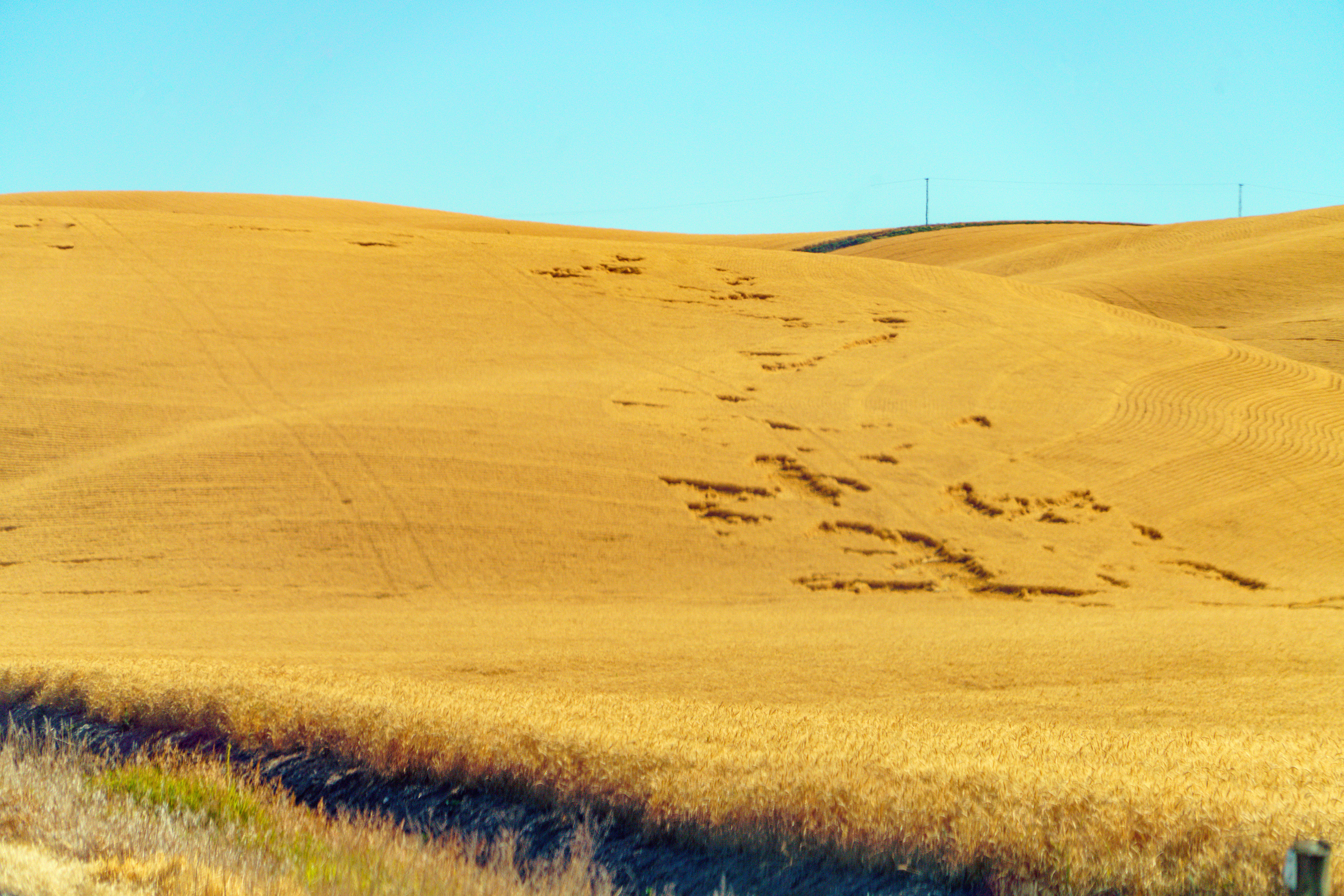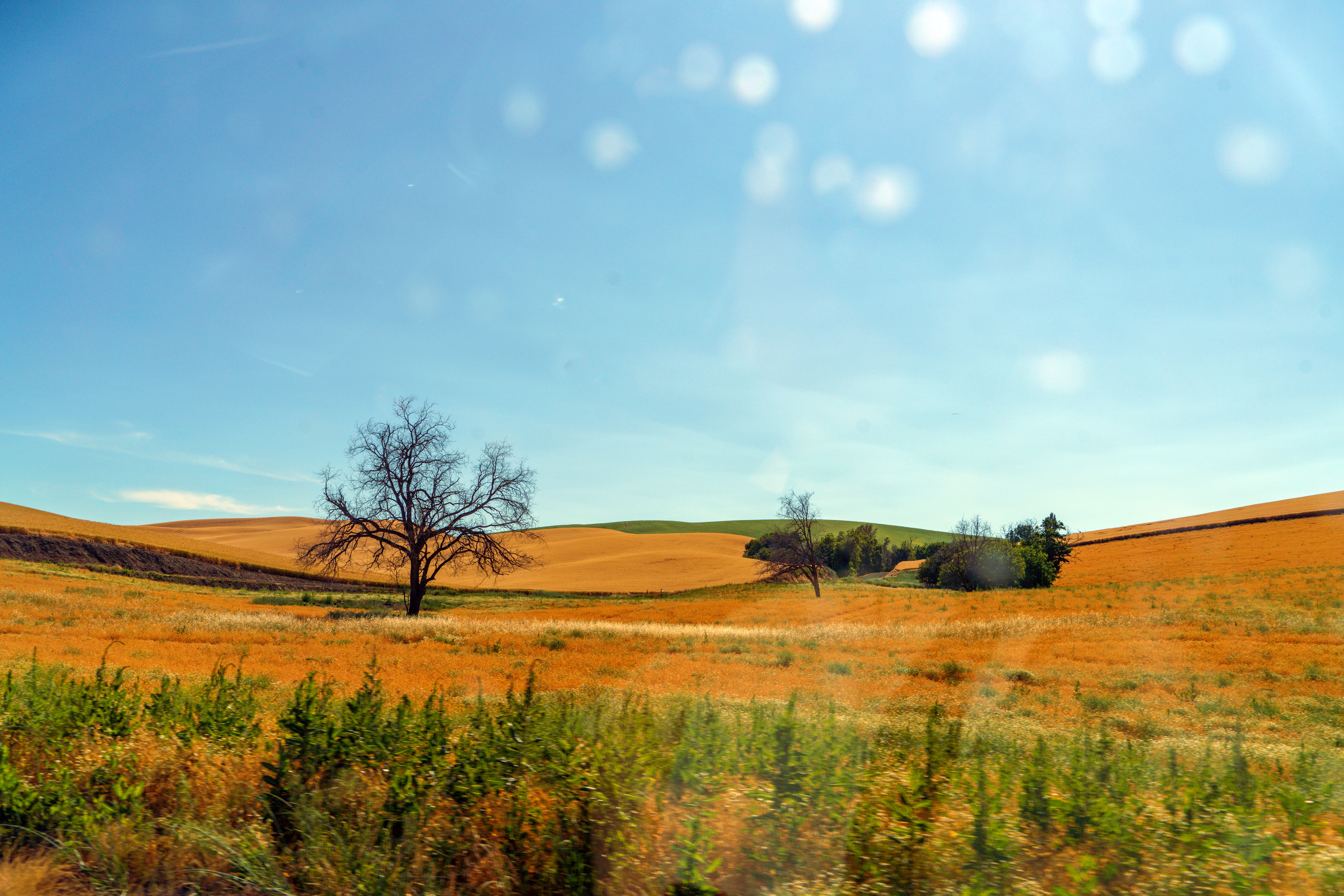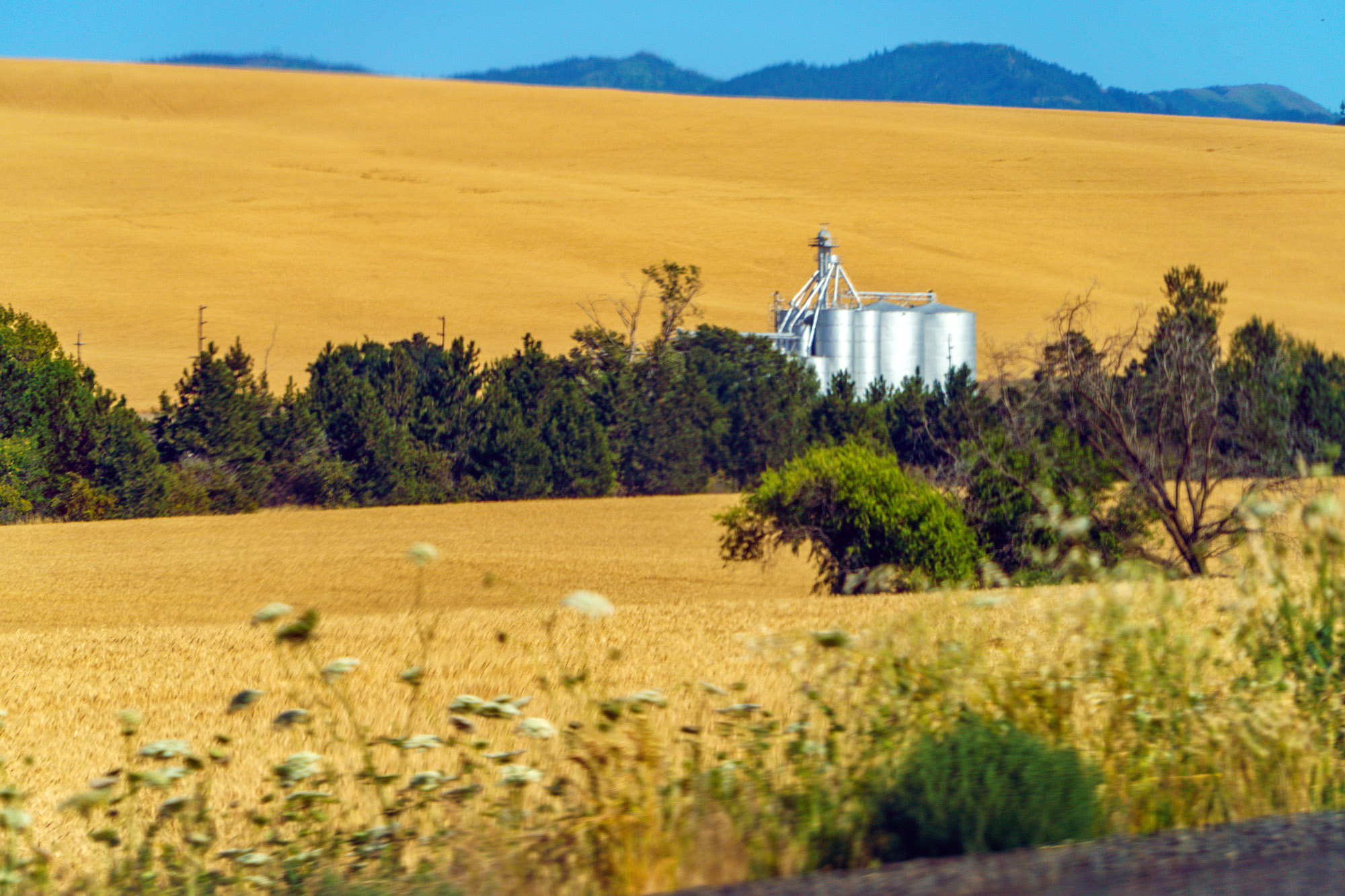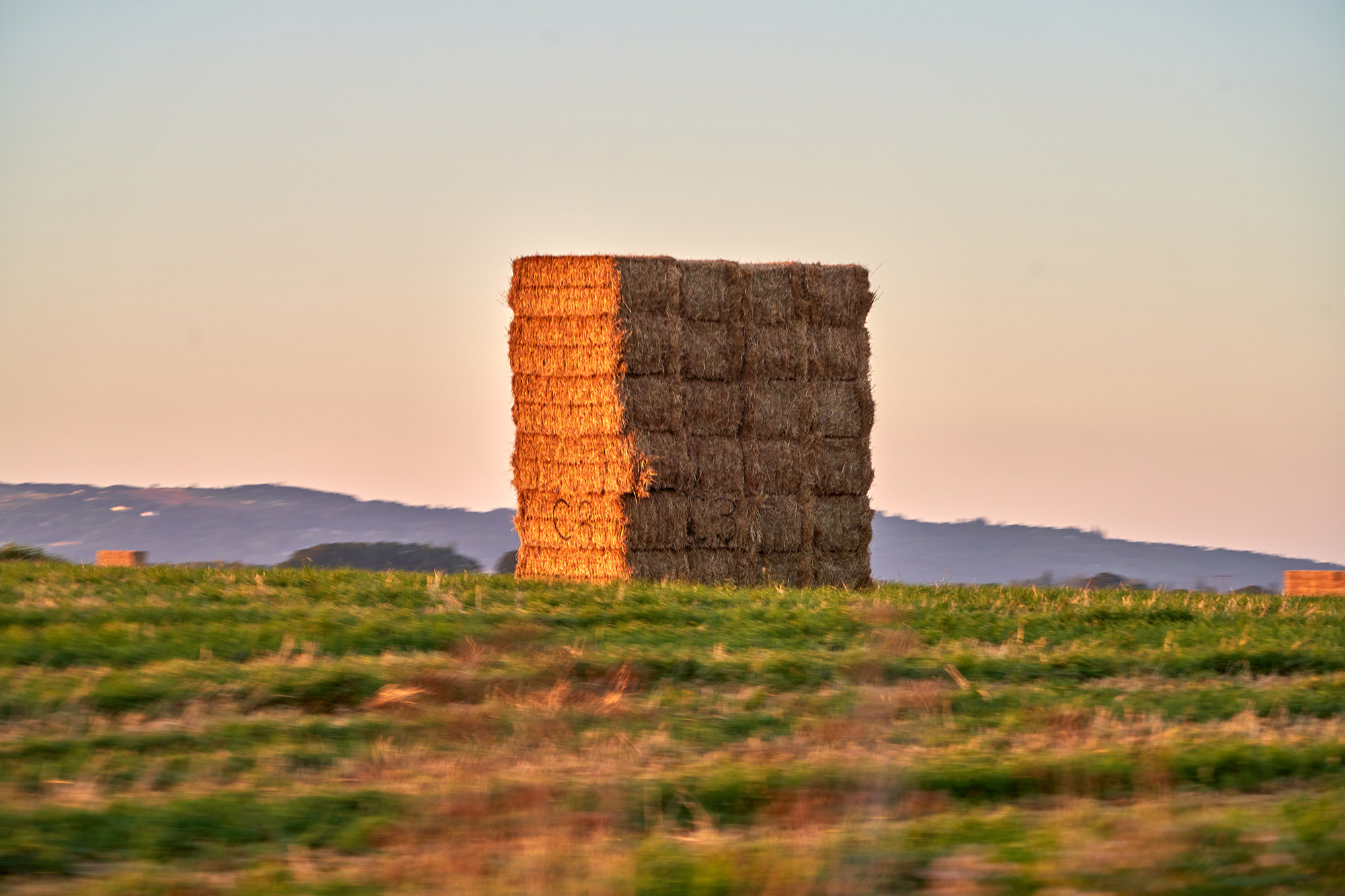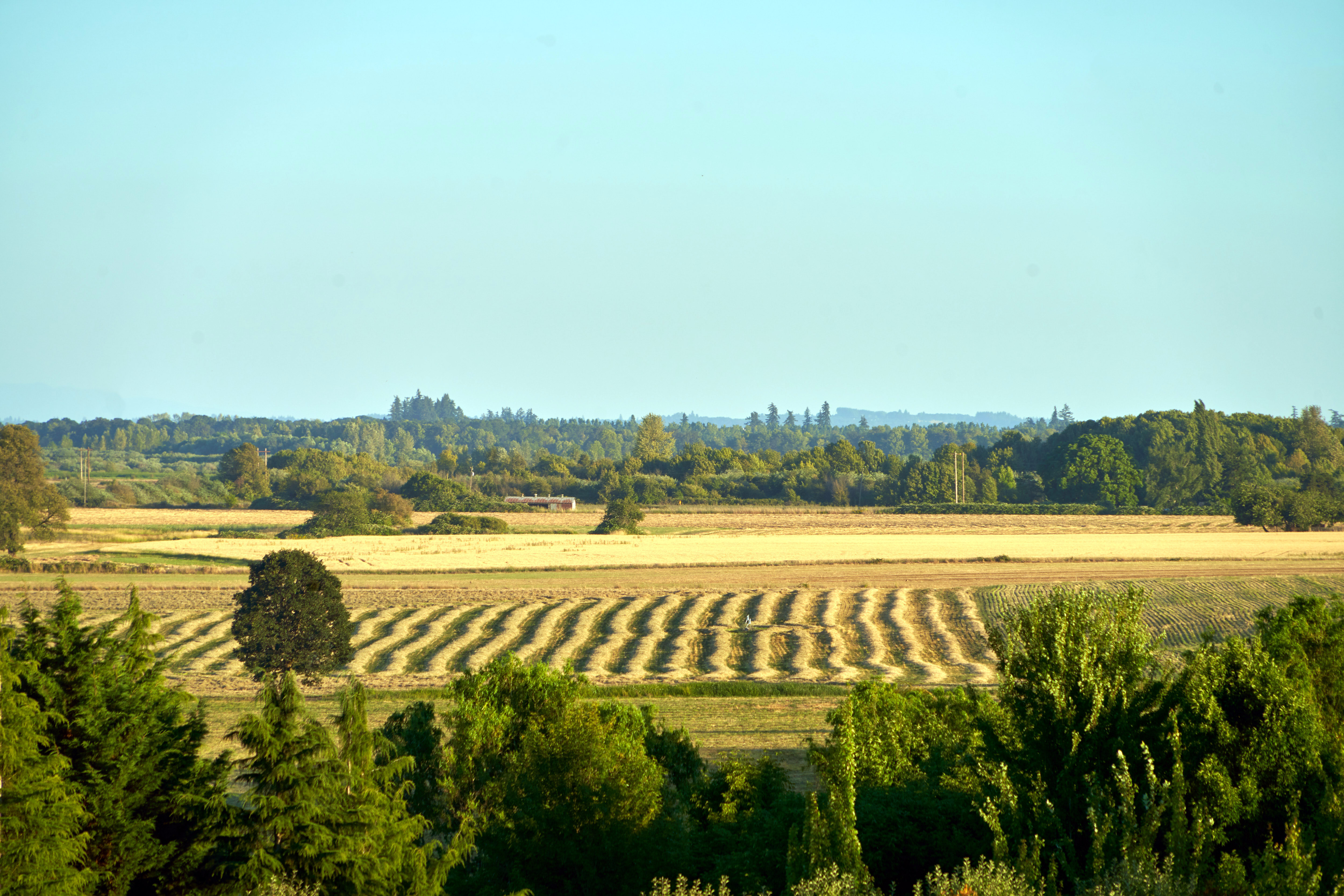Adrianne Jeffries and Leon Yin
In Google’s early years, users would type in a query and get back a page of 10 “blue links” that led to different websites. “We want to get you out of Google and to the right place as fast as possible,” co-founder Larry Page said in 2004.
Today, Google often considers that “right place” to be Google, an investigation by The Markup has found.
We examined more than 15,000 recent popular queries and found that Google devoted 41 percent of the first page of search results on mobile devices to its own properties and what it calls “direct answers,” which are populated with information copied from other sources, sometimes without their knowledge or consent.
41%
of the first page of Google search results is taken up by Google products.
Source: The Markup analysis
When we examined the top 15 percent of the page, the equivalent of the first screen on an iPhone X, that figure jumped to 63 percent. For one in five searches in our sample, links to external websites did not appear on the first screen at all.
A trending search in our data for “myocardial infarction” shows how Google has piled up its products at the top. It returned:
